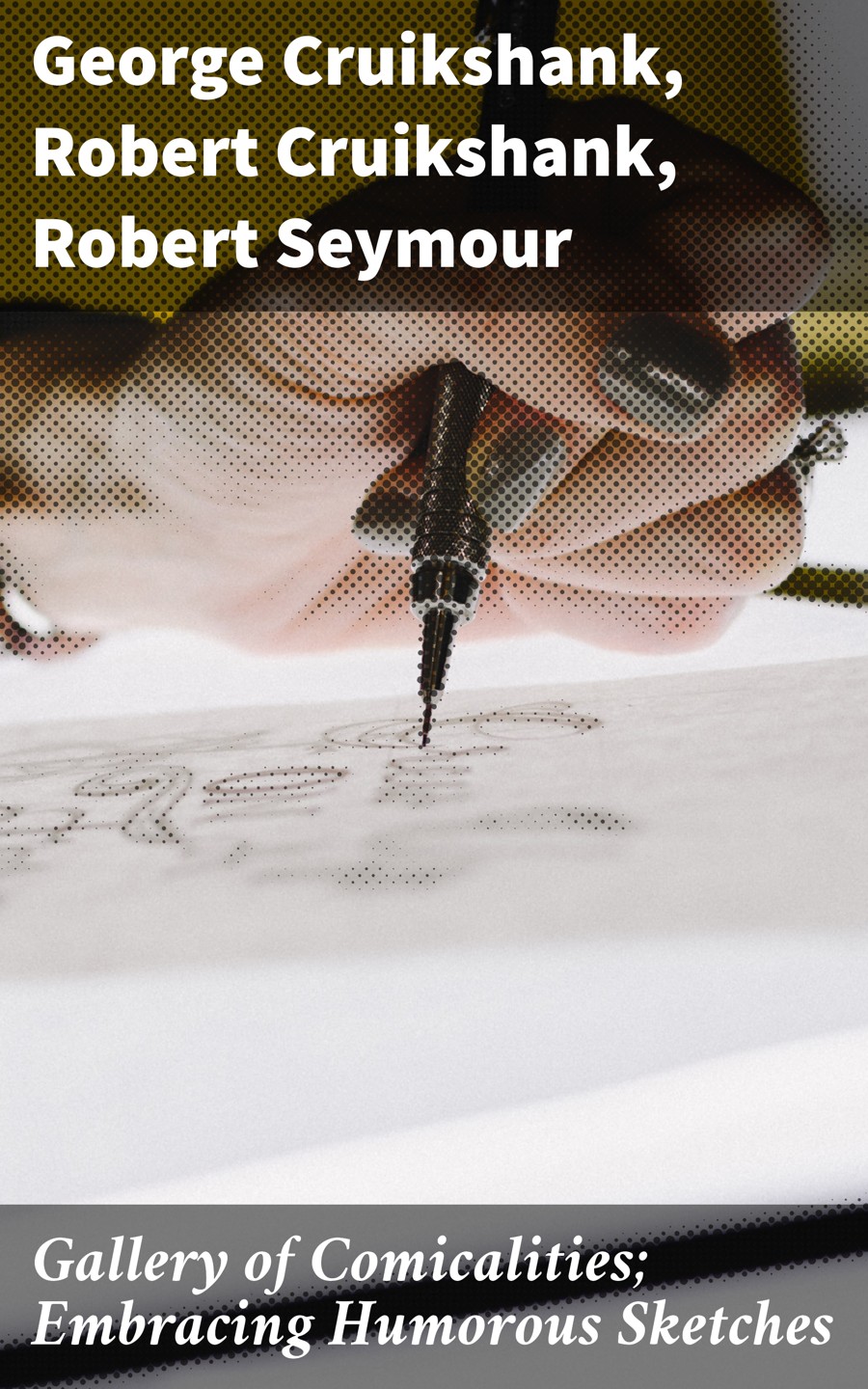

Most ebook files are in PDF format, so you can easily read them using various software such as Foxit Reader or directly on the Google Chrome browser.
Some ebook files are released by publishers in other formats such as .awz, .mobi, .epub, .fb2, etc. You may need to install specific software to read these formats on mobile/PC, such as Calibre.
Please read the tutorial at this link: https://ebookbell.com/faq
We offer FREE conversion to the popular formats you request; however, this may take some time. Therefore, right after payment, please email us, and we will try to provide the service as quickly as possible.
For some exceptional file formats or broken links (if any), please refrain from opening any disputes. Instead, email us first, and we will try to assist within a maximum of 6 hours.
EbookBell Team

5.0
108 reviewsAs a painter of Life and Nature, in all their truth and eccentricity, George Cruikshank may be truly said to stand unrivalled, and to be only equalled, even in former times by the inimitable Hogarth. The present Series has been principally selected from "Cruikshank's Illustrations of Time and Phrenology," and his Illustrations to Mr. Wright's "Mornings at Bow Street" and the sequel entitled "More Mornings at Bow Street"—works which are replete with wit and humour.
Robert Cruikshank, the elder brother of George Cruikshank, Illustrated many books, &c., including Pierce Egan's, "The Finish to the Adventures of Tom, Jerry, and Logic, in their pursuits through Life in and out of London," 1827. Died March 13, 1856. Aged 65 years.
Robert Seymour, a graphic humourist was born in London, about the year 1800. He was apprenticed to Mr. Thomas Vaughan, a pattern-drawer in Spitalfields, and his practice in that department of art appears to have given him the facility and accuracy of pencil for which he was afterwards so distinguished. Within a very short period of fulfilling his term of apprenticeship, he commenced, on his own account, as a painter in oils, and must have been tolerably expert at that early age, as already in the spring of 1822, we find him exhibiting a picture of some pretensions at the Royal Academy.
He executed various other oil paintings about this period, but the more pressing demand on his talents was for drawings on wood, a mode of book illustration then in great vogue. The various illustrated books and periodicals published for the next ten or twelve years bespeak his popularity and industry in that department.